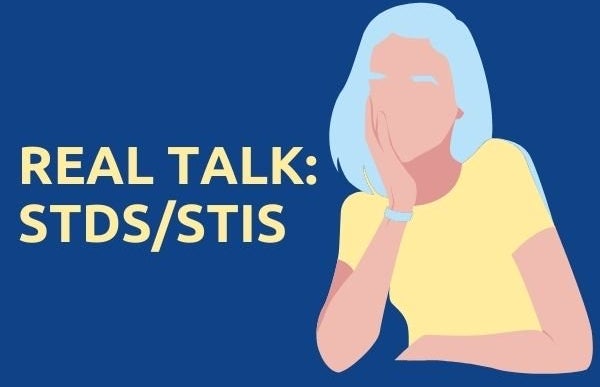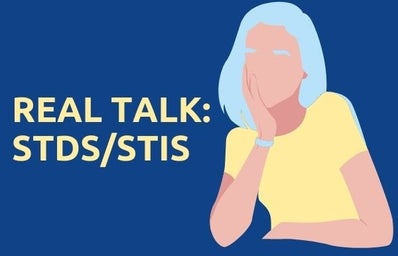I know what you’re thinking— “ew, that’s gross, who would want to talk about STDs?” I get it. It’s a pretty taboo topic, but that’s the reason not many young people really understand what STDs and STIs are. There’s a huge stigma around them, when in reality, they are much more common than many would imagine. Most of the time, they’re not actually that big of a deal.
Let’s start with the name: what’s the difference between an STD and an STI? A lot of people believe the terms are interchangeable, but that’s not completely true. They’re each spread through forms of sexual contact, but they present themselves differently. STD stands for sexually transmitted disease, and it’s the term you hear most people use. A disease shows clear symptoms and can cause pain, itchiness or discomfort, so they often get identified and treated quicker.
STI, on the other hand, stands for sexually transmitted infection. These are transmitted the same way, but they don’t always show symptoms. If contracted, the infection is often present without the person knowing about it at all. The infection can still be spread from person to person without anyone knowing they have it, so it is important to get tested every time you have a new sexual partner. If left untreated, STIs can lead to serious health problems such as tissue/organ damage, pelvic pain, pelvic inflammatory disease, or even infertility.
Though there are slight differences between the terms, you will still often see them used synonymously. There has been a push in recent years for the term STI to be used more often because it more accurately describes most of these conditions. Some common STIs that often don’t show symptoms are chlamydia, HPV, gonorrhea, herpes and syphilis. Here is a chart showing the characteristics of some common STIs.
This all seems pretty intimidating and scary, but it’s actually not as bad as it sounds. Yes, STIs can cause some serious problems if not treated properly, but it is very easy to get tested. You can get tested at your normal doctor, the student health center or a special clinic just for that purpose. Here is a CDC-powered resource for finding testing centers near you. All you have to do is enter a zip code. It’s that easy!
As for what you can expect, the test itself is probably easier than scheduling the appointment. You will either get swabbed or pee in a cup, and in certain cases, you may have to get blood drawn. When you get your results back will vary based on the test, but it is often within a few days.
While STIs have become taboo and people are often embarrassed by them, they are actually more common than strep throat. There are about 20 million new cases of STIs in the U.S. every year. Of those, young people aged 18-24 make up half. That means 10 million young Americans contract an STI every year. Different types of infections are transmitted at different rates, and that information can be found here.
While this is not necessarily a good thing, the statistics show that if you do end up with one, you are not alone. This higher rate of STIs in young people is likely due to the lack of substantial sex education. Many young people just don’t know enough about STIs to be aware of preventative measures or even think about getting tested.
There is nothing shameful about contracting an STI, and there is definitely nothing embarrassing about getting tested and treated for one. It might feel awkward at first, but taking care of your sexual health is just as important as any other aspect of your health. So, be safe, use condoms and get tested!
—
Edited by Zoë Skvarka



